Are You Eating Too Much Salt Without Realizing It?
In our fast-paced world, convenience often dictates our dietary choices, leading many to underestimate their sodium intake. While salt is an essential mineral that plays a critical role in maintaining bodily functions, excessive consumption can lead to adverse health effects, including hypertension and cardiovascular diseases. The challenge lies in the hidden sodium present in everyday foods, often masked by labeling and marketing strategies. This article delves into the subtle signs that might indicate you're consuming more salt than you realize, shedding light on the stealthy sodium surge that could be impacting your health more than you think.
1. The Silent Thirst: Constant Craving for Water

One of the earliest signs of high sodium intake is an unquenchable thirst. When you consume too much salt, your body tries to balance the sodium concentration in your bloodstream by drawing water from cells, leading to dehydration. This cellular dehydration triggers a thirst response, urging you to drink more water. If you find yourself constantly reaching for your water bottle, it might be worth examining your diet for hidden sodium sources. Foods like bread, processed meats, and canned soups can contribute to this stealthy salt overload, making you thirstier than usual.
2. The Puffy Morning Face: Facial Bloating

Waking up to a swollen face can be more than just a cosmetic concern; it might be a red flag for excess sodium intake. Sodium holds onto water, and this retention can manifest as puffiness, particularly noticeable in the face and under the eyes. This symptom is often a result of consuming high-sodium foods the night before, such as takeout meals, salted snacks, or even certain breakfast cereals. Monitoring your diet and reducing sodium can help alleviate this morning puffiness, making it a crucial clue in identifying hidden salt in your diet.
3. The Sneaky Snack: Processed Food Pitfalls

Processed foods are notorious for their high sodium content, often used as a preservative and flavor enhancer. From frozen dinners to packaged snacks, these foods can significantly contribute to your daily sodium intake without you realizing it. The convenience they offer comes at the cost of hidden salts, which can quickly add up. Reading labels and opting for low-sodium versions can help manage this intake. Being mindful of this sneaky source of salt is essential for those looking to reduce their sodium consumption and improve their overall health.
4. The Unassuming Add-Ons: Condiments and Dressings
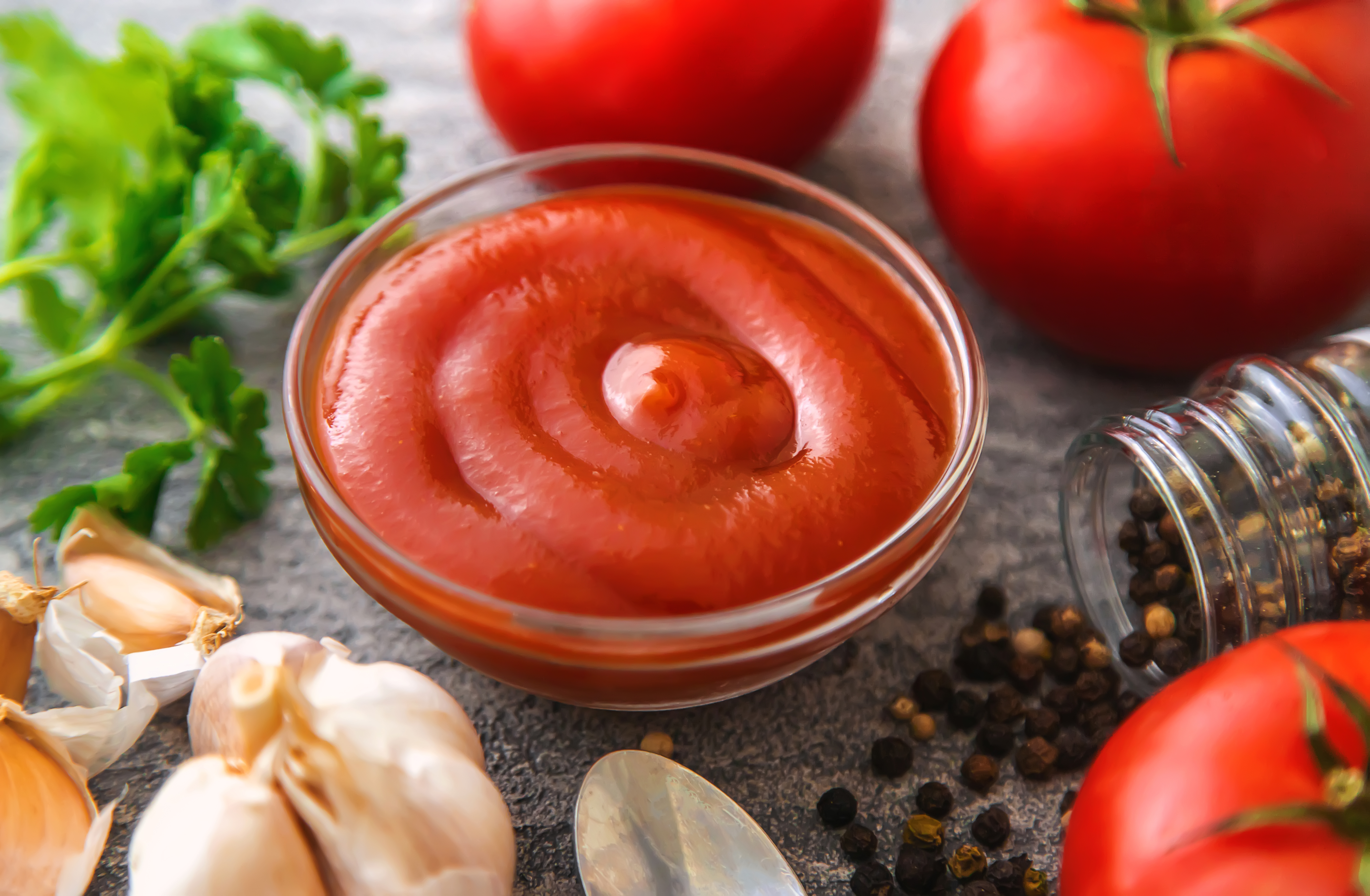
Condiments and dressings are often overlooked as significant sources of sodium. A dollop of ketchup, a splash of soy sauce, or a drizzle of salad dressing can contain surprisingly high amounts of salt. These flavorful add-ons can quickly elevate your sodium intake, turning a seemingly healthy meal into a sodium-laden dish. Opting for homemade versions or low-sodium alternatives can make a substantial difference. Paying attention to these unassuming yet impactful sources of salt is crucial in managing your daily sodium levels.
5. The Bread Trap: Hidden Sodium in Staples
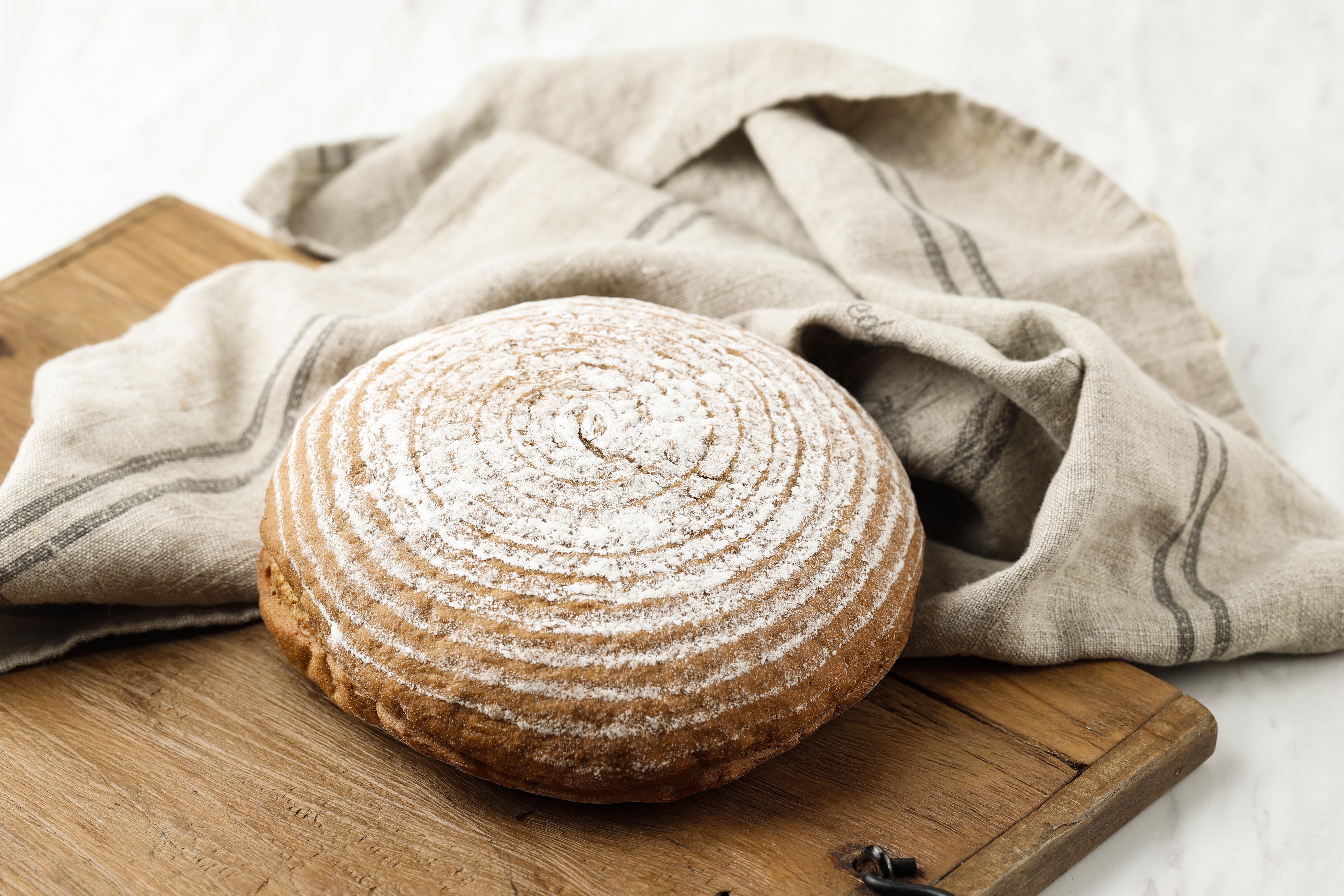
Bread, a staple in many diets, can be a hidden source of sodium that often goes unnoticed. While it might not taste salty, bread can contain significant amounts of sodium per slice, contributing to your overall intake. This is especially true for certain varieties like bagels and rolls. Checking the nutritional information on bread packaging can help you choose options with lower sodium content. Being aware of this common yet overlooked source of salt is vital for those aiming to reduce their sodium consumption without sacrificing their favorite staples.
6. The Cheese Conundrum: Dairy Delights and Sodium
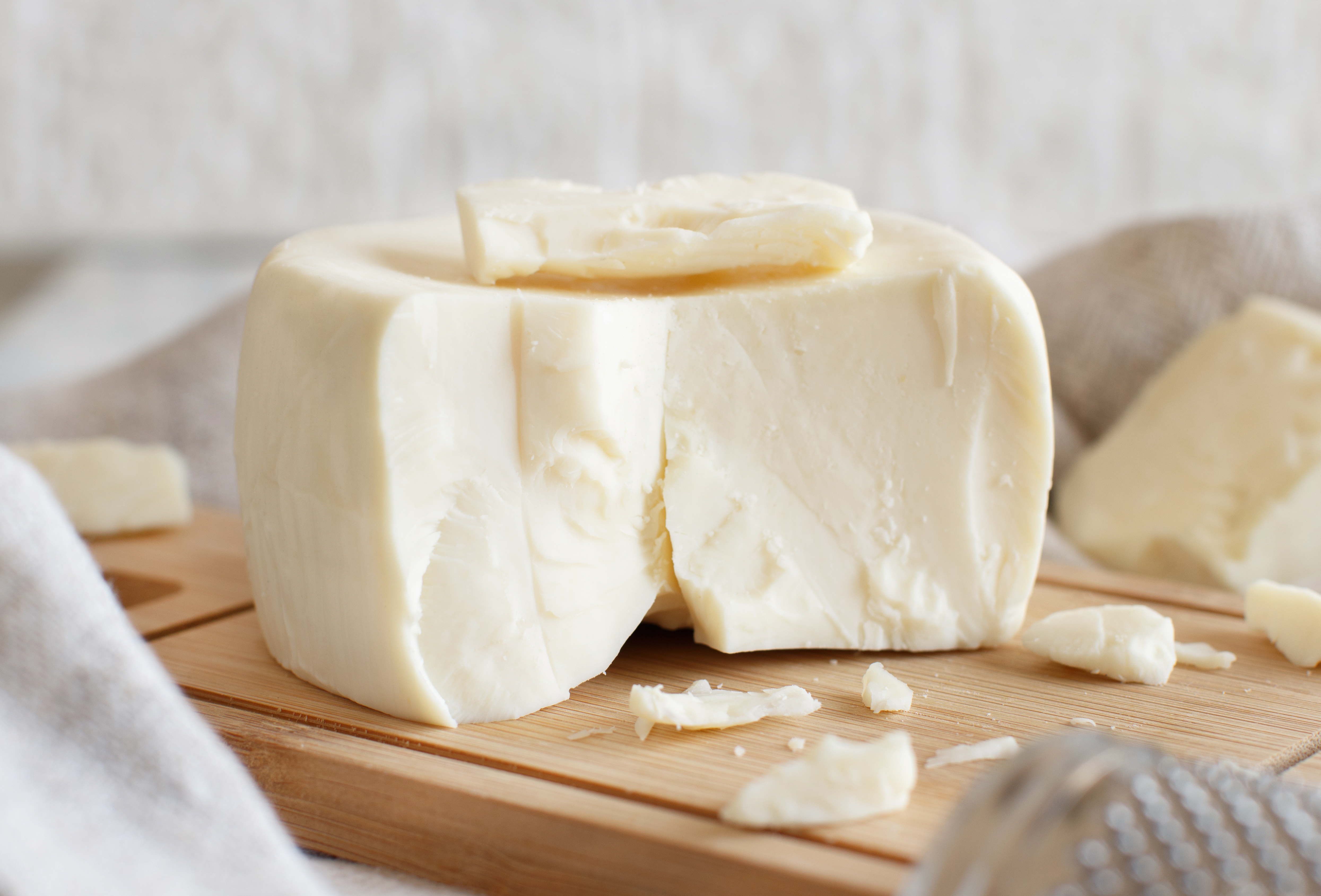
Cheese, beloved for its rich flavor, is another contributor to hidden sodium in diets. While it offers nutritional benefits like calcium and protein, many cheese varieties are high in sodium due to the salt used in the curing process. Hard cheeses like Parmesan and cheddar are particularly high in salt. Balancing your cheese intake with low-sodium options or reducing portion sizes can help manage sodium levels. Recognizing the cheese conundrum is key to enjoying dairy delights without the added sodium burden.
7. The Fast Food Factor: Quick Meals, Quick Salt
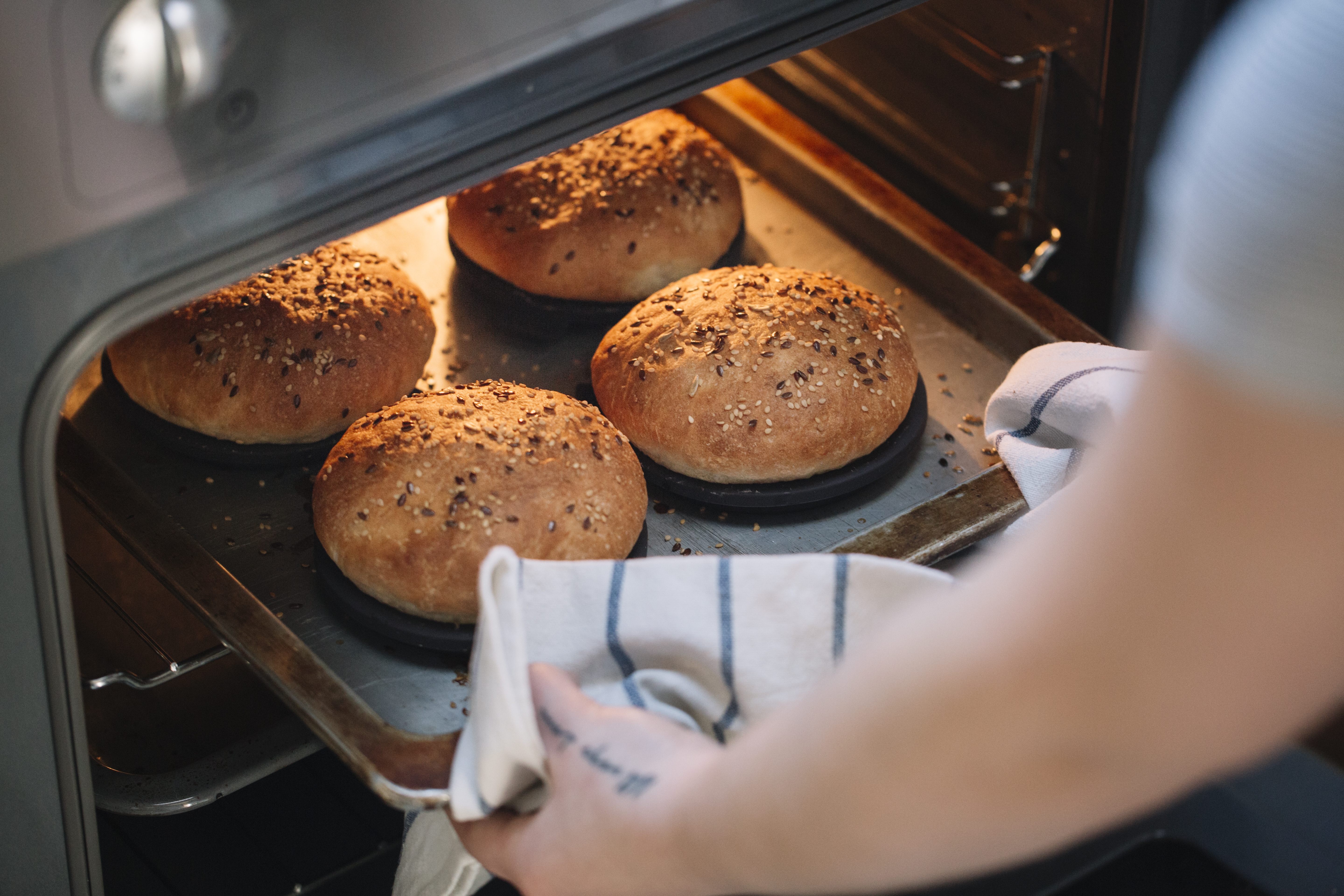
Fast food, a convenient choice for many, is often laden with sodium. From burgers to fries, these meals can contain more than your daily recommended sodium intake in just one sitting. The high salt content is used to enhance flavor and preserve freshness, making it a hidden danger for those monitoring their sodium levels. Choosing healthier options or limiting fast food consumption can significantly reduce your sodium intake. Understanding the fast food factor is essential for those seeking to maintain a balanced diet while enjoying the occasional quick meal.
8. The Canned Conundrum: Preserved and Packed with Salt
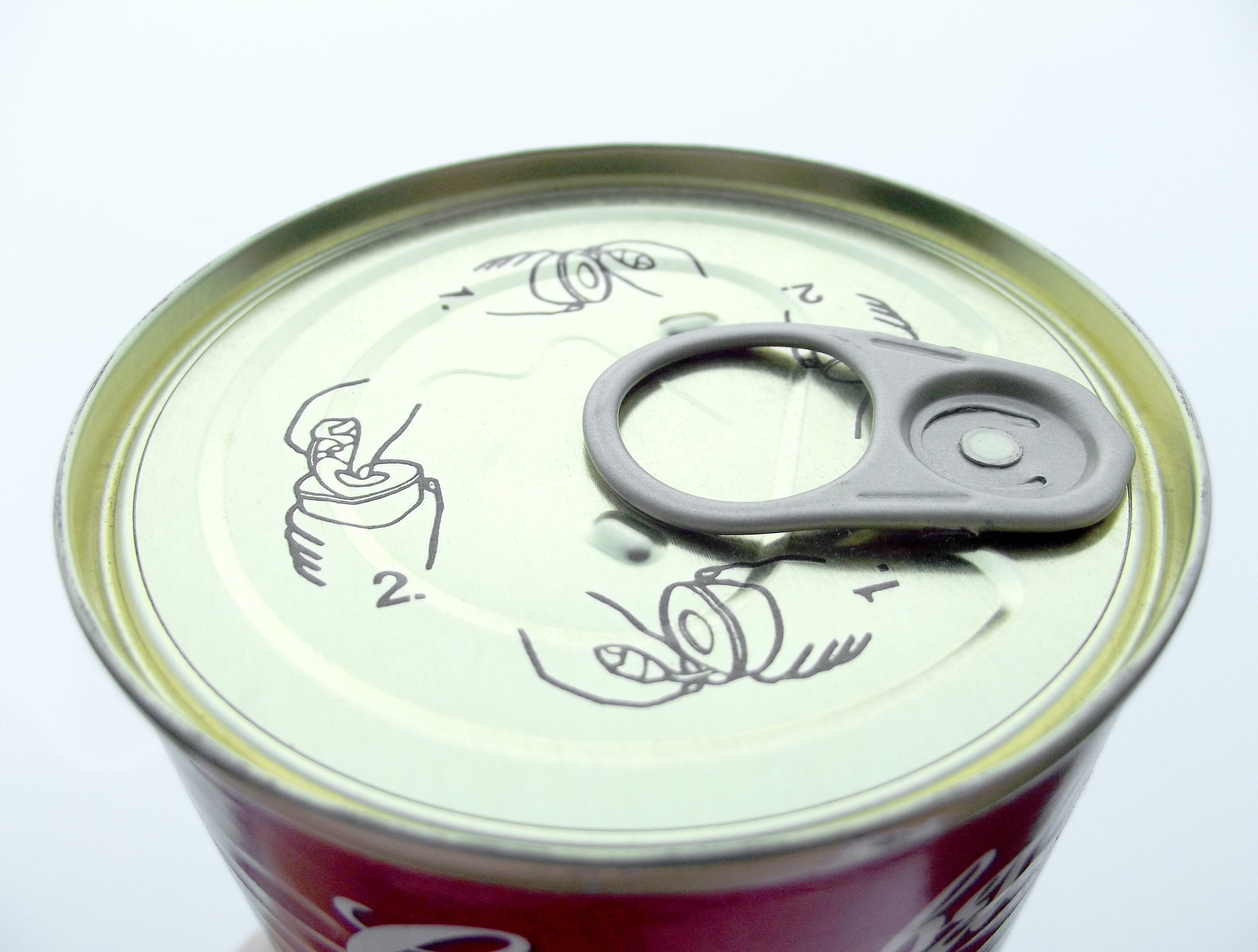
Canned foods, while convenient and long-lasting, often contain high levels of sodium used as a preservative. From soups to vegetables, these products can contribute significantly to your sodium intake. Rinsing canned vegetables and choosing low-sodium or no-salt-added options can help mitigate this issue. Being aware of the canned conundrum allows consumers to enjoy the convenience of preserved foods without the excessive sodium, making it an important consideration in a balanced diet.
9. The Restaurant Riddle: Dining Out Dilemmas
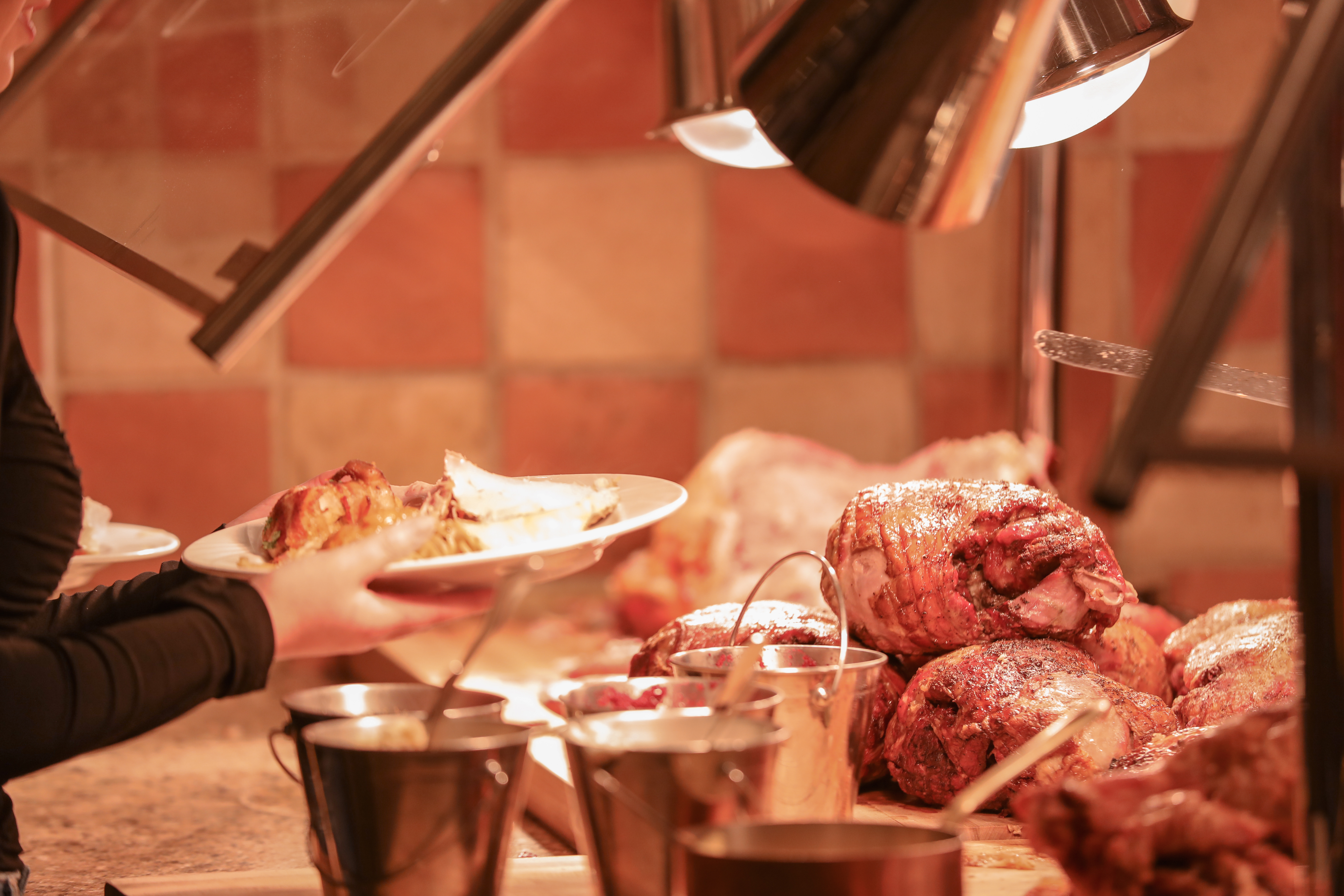
Dining out presents its own set of challenges for those monitoring sodium intake. Restaurants often use salt liberally to enhance flavor, making it difficult to control your sodium consumption. Even seemingly healthy options like salads can be laden with high-sodium dressings or toppings. Asking for dressings on the side, choosing grilled over fried, and opting for dishes with fresh ingredients can help manage sodium intake while dining out. Solving the restaurant riddle is crucial for enjoying meals outside the home without compromising on health.
10. The Sweet Surprise: Sugar and Salt Connection
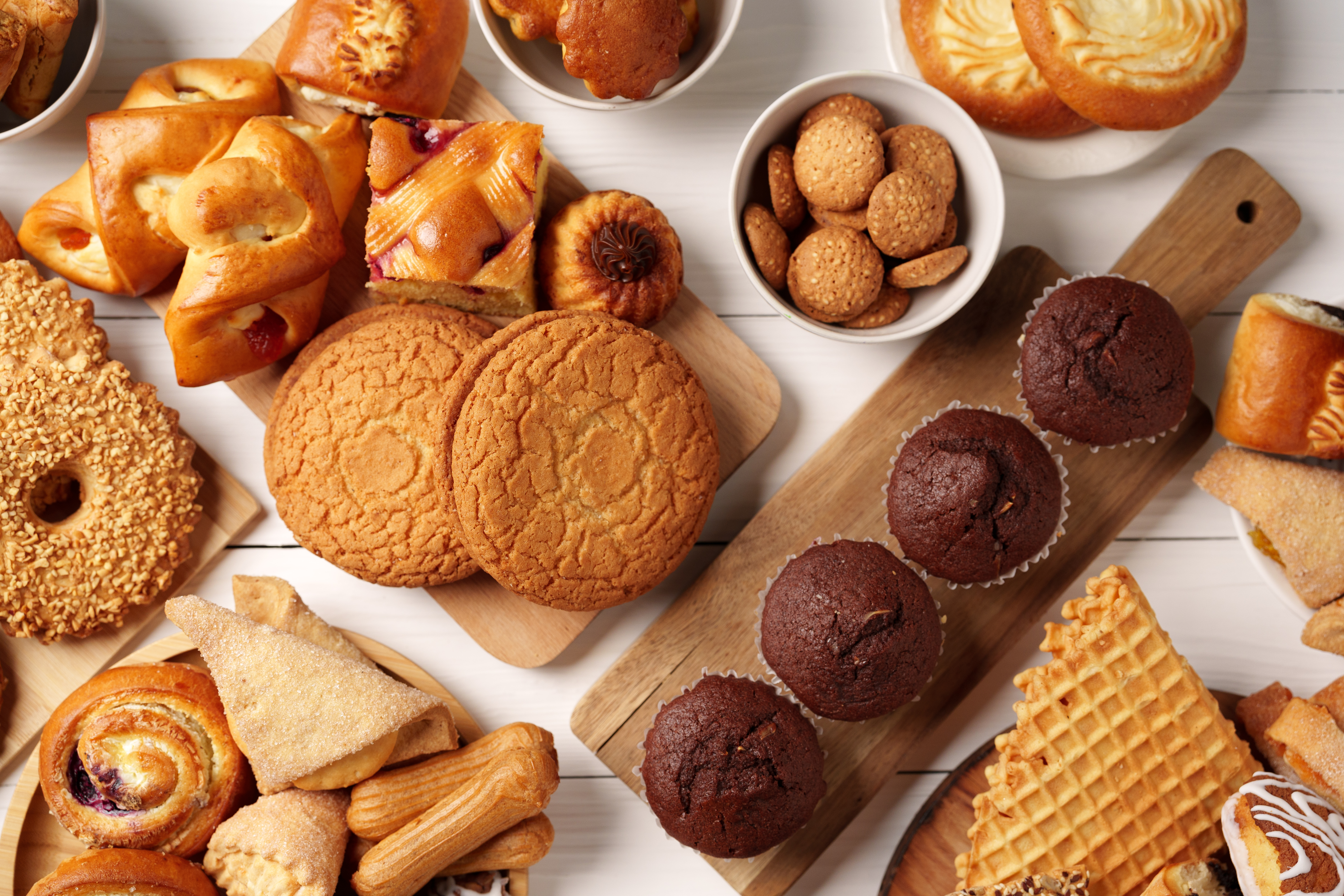
Surprisingly, some sweet treats can also be high in sodium. Baked goods, particularly those commercially produced, often contain salt to balance flavors and act as a preservative. This connection between sugar and salt can be deceptive, leading to higher sodium intake from unexpected sources. Reading ingredient lists and opting for homemade versions can help control this hidden sodium. Recognizing the sweet surprise of sodium in sugary foods is essential for those looking to maintain a balanced diet without overlooking potential salt sources.
Navigating the Sodium Maze

Navigating the sodium maze requires awareness and proactive choices. By identifying these subtle clues and understanding where hidden sodium lies, you can take control of your diet and health. Reducing sodium intake involves more than just cutting back on obvious sources; it requires a comprehensive approach to food choices and preparation methods. Embracing fresh ingredients, reading labels, and making informed decisions are key steps in managing sodium consumption. As you become more attuned to these hidden sources, you'll be better equipped to enjoy a balanced diet that supports long-term health and well-being.